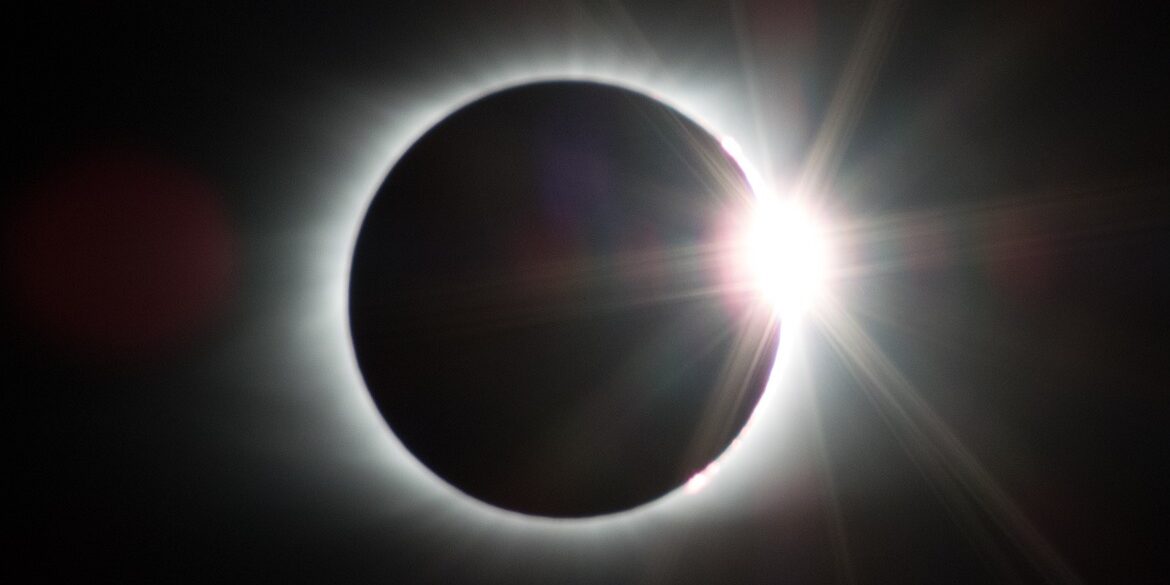The debate surrounding the rarity of gold and diamonds encompasses a complex interplay of geological occurrence and market dynamics. While both materials have been highly coveted throughout history, a closer examination reveals that gold—in terms of availability in the Earth’s crust, extraction feasibility, and historical significance—can be classified as the rarer of the two.
Historical Context and Geological Abundance
Gold is a naturally occurring element with the chemical symbol Au, and it is found in various forms across the globe. The notable geochemical characteristic of gold is its scarcity in the Earth’s crust. According to data from the US Geological Survey (USGS), gold has an average concentration of approximately 0.004 parts per million (ppm) in the Earth’s crust, making it relatively rare. Historically, gold mining has been traced back to 3000 BC in ancient Egypt, where it was widely used for currency and ornamentation, indicating its long-standing appeal as a symbol of wealth.
In contrast, diamond, composed of carbon atoms arranged in a crystal structure, has a higher average concentration in the Earth’s crust of about 1-2 parts per million. However, when it comes to gem-quality diamonds, the situation drastically shifts. A mere 20% of the diamonds mined are graded as gem-quality, and only a fraction of those exhibit the clarity, size, and color that fit the criteria for high-value diamonds. The supply of precious gemstones is heavily influenced by the geological conditions required for their formation, primarily high-pressure environments in the Earth’s mantle, where they occur over billions of years.
Extraction and Supply Dynamics
The methods of extraction further illuminate the comparative rarity of gold and diamonds. Gold extraction processes, such as placer mining and hard rock mining, have been refined and optimized over centuries, leading to an average annual production of about 3,500 metric tons, according to the World Gold Council. The total above-ground stock of gold is estimated at around 200,000 metric tons, with approximately 50% of this amount mined since 1950 alone.
Conversely, diamond mining is a labor-intensive process that operates on a much smaller scale. The average annual diamond production is estimated to be about 130 million carats, translating to roughly 26 metric tons. The limited number of economically viable diamond mines, particularly those producing gem-quality stones, significantly constrains supply. For instance, the largest diamond mine in history, the Mirny mine in Russia, reaches depths of 525 meters and has produced over 10 million carats of diamonds since its inception. However, the yield remains overshadowed by the vast quantities of gold extracted and utilized across multiple sectors.
Market Manipulation and Value Perception
Rarity is also influenced by market forces. The diamond industry, primarily controlled by the De Beers Group, has historically engaged in strategic marketing and supply restriction to maintain high prices. This manipulation has created a perception of inherent rarity in diamonds, despite their geological abundance, which contrasts with the more straightforward valuation of gold based on its intrinsic properties and fungibility. Gold’s liquidity in markets worldwide and its utilization as a reserve asset by central banks testify to its longstanding role as a global monetary standard.
According to data from the World Bank, gold reserves held by central banks are estimated to represent about 17% of total global reserves. Currently, as of October 2022, the price of gold hovers around $1,700 per ounce, while high-quality diamonds can fetch prices of $1,000 per carat or substantially higher, depending on quality. This discrepancy speaks to the artificially contrived rarity of diamonds versus the genuine scarcity of gold.
Conclusion
In conclusion, while both gold and diamonds have been revered and sought after for centuries, their rarity is fundamentally distinct. The geological data, extraction methods, and market forces combined make gold the rarer commodity when considering the total available stock and its historical role across cultures. With a deeper understanding of these factors, we can assert that gold, both in its natural abundance and its critical role in economies, is indeed rarer than diamonds, despite the latter’s high market value and enduring allure. The complex narrative surrounding these two materials ultimately illustrates that rarity transcends mere perception, rooted deeply in the intricate realities of geology and economics.

